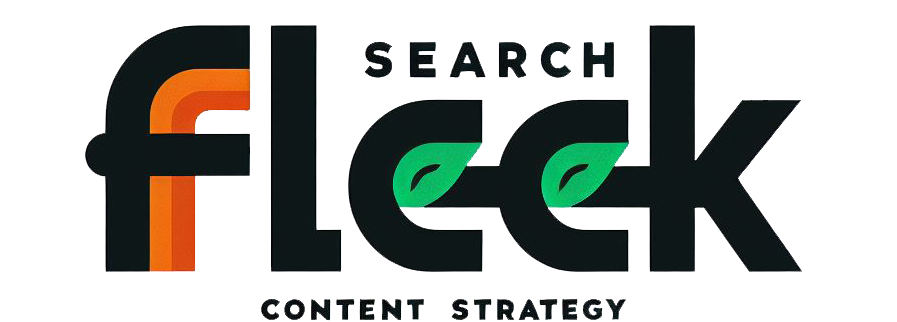Creating blog content that not only engages readers but also prompts them to take action is a strategic process that combines persuasive writing techniques, clear calls-to-action, and a deep understanding of the target audience.
Crafting actionable blog content is vital for businesses and individuals looking to drive results, whether that means increased sales, improved brand awareness, or social impact. This article explores key strategies for writing blog content that encourages action and includes relevant data and examples to support these techniques.
Understand Your Audience’s Needs and Motivations
Understanding your target audience is the foundation for creating content that leads to action. Researching the demographics, pain points, and desires of your readers allows you to tailor your messaging to their interests. For instance, if the audience consists of young professionals seeking career advancement, your blog content should focus on career-related advice with actionable insights that are directly relevant to them.
According to a survey by the Content Marketing Institute, 88% of marketers believe that understanding the audience’s needs and preferences is critical to developing effective content strategiesessing your readers’ specific challenges and goals, you position your content as a helpful resource, which makes readers more likely to act on your suggestions.
Provide Clear and Compelling Calls-to-Action (CTAs)
A strong Call-to-Action (CTA) is essential in prompting readers to take the next step, whether it’s signing up for a newsletter, downloading a guide, or making a purchase. Research indicates that blog posts with relevant CTAs have a 202% higher conversion rate than those without CTAs . To inceffectiveness of CTAs, they should be:
- Specific: Use clear, direct language. Instead of saying, “Learn more,” try “Download the free guide now.”
- Action-Oriented: Encourage immediate action with words like “Download,” “Start,” or “Join.”
- Visually Distinct: Use contrasting colors or buttons to make CTAs stand out on the page.
Additionally, placing CTAs at multiple points within the blog post — such as after a key insight or example — can increase engagement. Many successful blogs use a combination of CTAs to guide readers toward various actions without overwhelming them.
Use Data and Statistics to Build Credibility
Readers are more likely to trust content that includes reliable data and statistics. Using facts, figures, and case studies provides credibility and shows that the advice is well-researched and worth following. Studies suggest that including numbers can make content appear more factual and persuasive. For example, a report by HubSpot found that blog posts with relevant statistics receive 27% more clicks and shares on social media .
Here are some fectively incorporate data:
- Use Recent and Relevant Studies: Refer to up-to-date studies that directly support your points.
- Provide Context: Explain why the data matters to the reader.
- Visualize Key Data Points: Including charts or infographics can make the data more accessible and impactful.
For instance, in a blog about the benefits of email marketing, mentioning a statistic such as “Email marketing has a return on investment of 4,200% on average” provides compelling evidence that may motivate readers to consider investing in email strategies themselves.
Implement Storytelling Techniques to Connect Emotionally

Storytelling is an effective way to connect with readers on a personal level, making them more likely to take action. According to research by Stanford University, people are 22 times more likely to remember a story than a fact alone . By weaving relatable stoyour blog content, you create an emotional connection that encourages readers to act.
For example, if a blog post aims to promote mental health services, including a story about someone who benefited from these services can make the content more relatable and convincing. Effective storytelling in blogs includes:
- Personal Anecdotes: Share real-life experiences or testimonials to humanize the topic.
- Problem-Solution Format: Present a common problem, then provide a solution, making it easy for readers to follow and understand the value of the action.
Simplify Complex Information for Easy Understanding
Complex information can overwhelm readers, discouraging them from taking action. Simplifying concepts and breaking down information into clear, digestible steps increases the likelihood of engagement. This approach is especially effective in blogs about technical or detailed topics, such as finance or technology.
A study by Nielsen Norman Group found that readers often skim online content rather than reading word-for-word, with only 16% of readers fully reading a blog post . To accommodate this behavior, uselet Points and Lists**: These help readers grasp essential points quickly.
- Subheadings: Clear subheadings allow readers to navigate the content effortlessly.
- Step-by-Step Instructions: Breaking down processes into simple steps makes actions feel manageable.
By making content more scannable and reducing cognitive load, you increase the chances that readers will follow through with the suggested action.
Leverage Social Proof and Testimonials
Social proof is a powerful motivator. People are more likely to act when they see others taking similar actions or achieving positive outcomes. This is backed by the “bandwagon effect,” a psychological phenomenon where individuals adopt behaviors because they see others doing the same. Data shows that 92% of consumers trust recommendations from friends, family, or testimonials over any other form of advertising .
Integrating testimonials, user-generated r positive reviews into blog content helps validate your message. For example, a blog post promoting a fitness app could include testimonials from real users who achieved their fitness goals. This type of social proof increases trust and encourages readers to take action.
Conclusion
Ensuring that your blog content initiates action requires a strategic combination of understanding your audience, using effective CTAs, incorporating data, connecting emotionally through storytelling, simplifying information, and leveraging social proof.
By employing these techniques, you can create engaging content that not only informs but also drives readers to act. The success of actionable blog content lies in its ability to balance information with persuasive elements that resonate with readers and inspire them to take meaningful steps.
Emon Anam, CEO of Search Fleek, isn't your typical digital guru. He brings a unique blend of financial expertise (former banking pro!) and digital marketing mastery to the table. A self-proclaimed "SEO Sherlock Holmes," Emon unlocks content secrets for local businesses and SaaS companies. But beyond the keyboard, he's a devoted family man, music enthusiast, and cricket champion. Let Emon weave your digital success story!
AI Writing Disclaimer
This post was initially researched and outlined by me. The content was then generated by an AI language model using the provided information. The final text has been reviewed and edited by me for accuracy and clarity.




